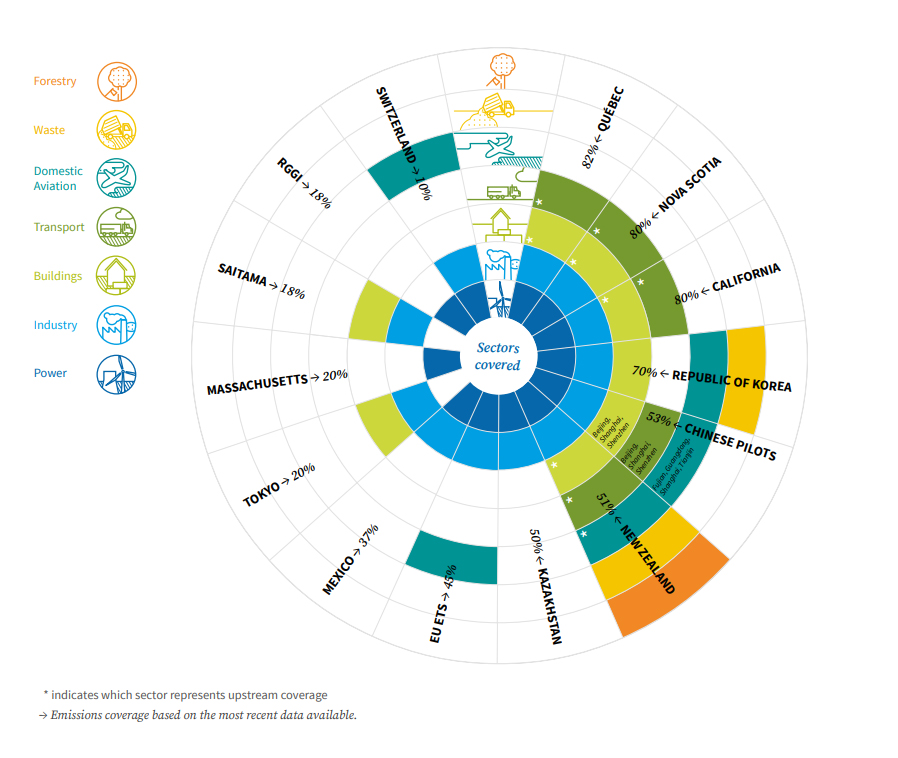About the New Zealand Emissions Trading Scheme
The New Zealand Emissions Trading Scheme (NZ ETS) is a key tool for meeting our domestic and international climate change targets, including the 2050 target set by the Climate Change Response Act 2002.
The New Zealand Emissions Trading Scheme (NZ ETS) is a key tool for meeting our domestic and international climate change targets, including the 2050 target set by the Climate Change Response Act 2002.
The NZ ETS is a key tool in the governments climate change response toolbox.
The purpose of the NZ ETS is to:
The Climate Change Response Act 2002 [New Zealand Legislation Website] sets the purpose of the NZ ETS.
The New Zealand Emissions Trading Scheme helps reduce emissions by doing three main things:
The Government sets and reduces the number of units supplied into the scheme over time. This limits the quantity that emitters can emit, in line with New Zealand’s emission reduction targets.
Businesses who participate in the NZ ETS can buy and sell units from each other. The price for units reflects supply and demand in the scheme. This price signal allows businesses to make economically efficient choices about how to reduce emissions.
This video provides a short explanation of how the New Zealand Emissions Trading Scheme works.
All sectors of New Zealand's economy, apart from agriculture, pay for their emissions through their NZ ETS surrender obligations.
The agriculture sector reports its emissions through the NZ ETS but does not have surrender obligations. The Government has agreed to work with the primary sector to reduce emissions through He Waka Eke Noa: Primary Sector Climate Action Partnership.
The NZ ETS is one of many emissions trading schemes in operation around the world. At the moment, New Zealand isn’t linked with any other schemes.
These schemes operate at a range of levels including Supra-national (1), Country (8), State & Province (19) and City level (6).

Image: ICAP. (2022). Emissions Trading Worldwide: Status Report 2022. Berlin: International Carbon Action Partnership.

Image: ICAP. (2022). Emissions Trading Worldwide: Status Report 2022. Berlin: International Carbon Action Partnership.